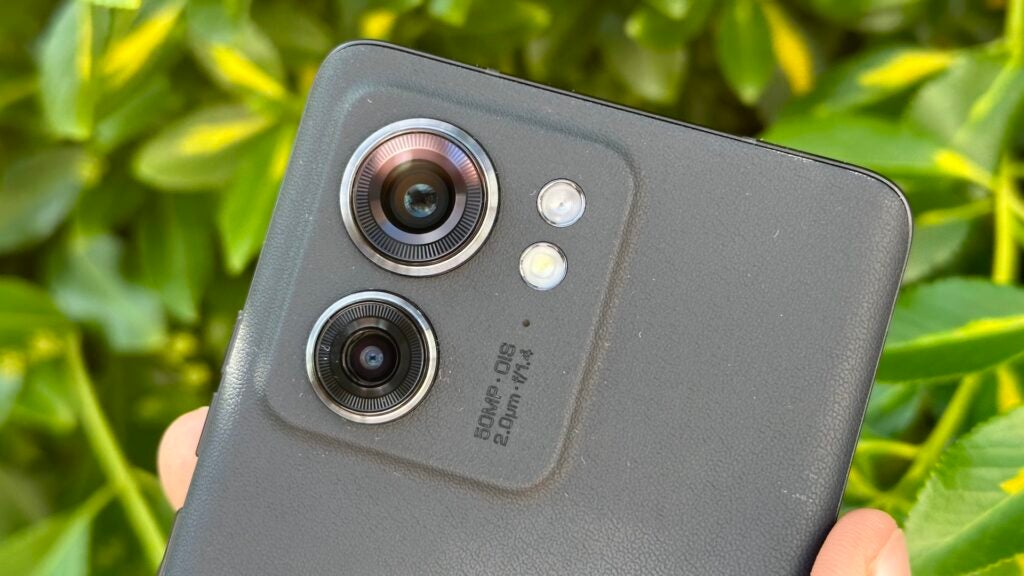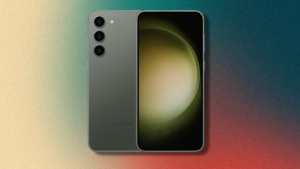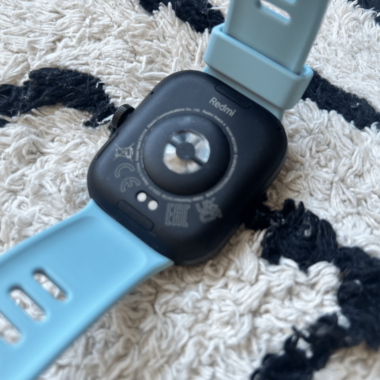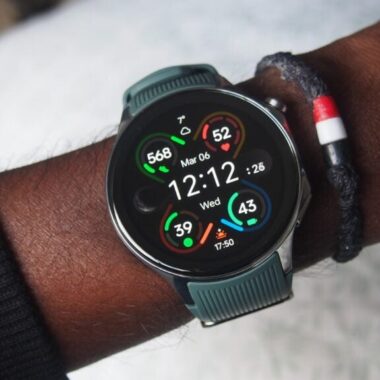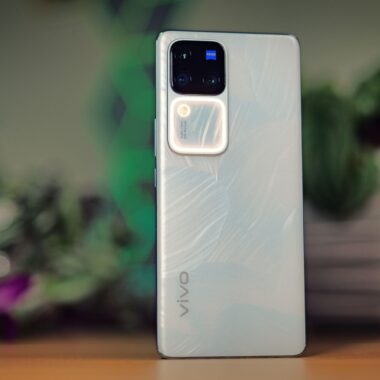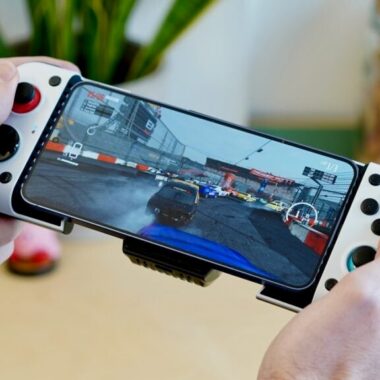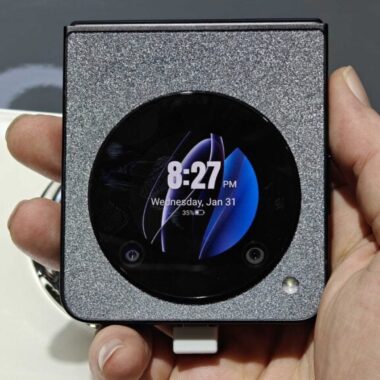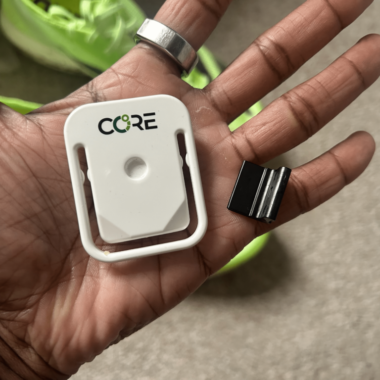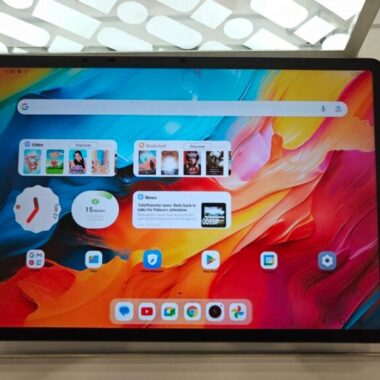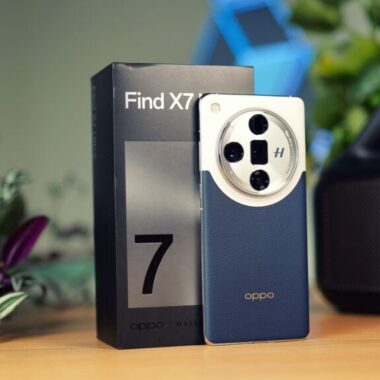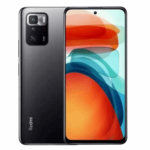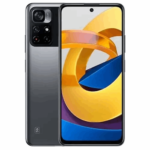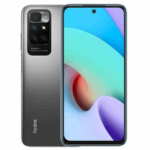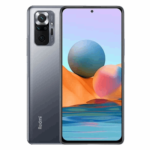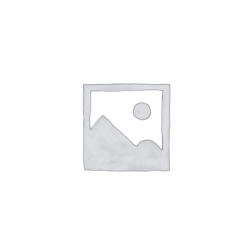First Impressions
With an attractive design, a particularly capable main camera, a fast 144Hz display and 68W TurboCharge capabilities, there’s not a lot to dislike about the £529 Motorola Edge 40.
-
Premium 6.55-inch displayWhile slightly smaller than some competitors, the pOLED display boasts key specs including HDR10+ certification and a rapid 144Hz refresh rate. -
Fast chargingThe 4400mAh cell of the Edge 40 can be charged rapidly thanks to 68W TurboCharge capabilities, and the fast charger even comes in the box. -
Fast 50MP main snapperThe 50MP main rear snapper boasts a wide f/1.4 aperture that not only allows more light capture, but the ability to capture images faster than many competitors.
Introduction
The Motorola Edge 40 looks to take on the busy mid-range market with key features including a lightweight and thin design, a responsive 6.55-inch 144Hz display, a 50MP main camera with the widest aperture around and rapid 68W charging, all for just £529.
It certainly seems capable on paper then, but how does the Motorola Edge 40 perform in real-world conditions? While I’ve only used the phone for around 24-hours so far, it paints a promising picture for the stylish mid-ranger.
Here are my initial thoughts on the Motorola Edge 40 ahead of a full review in the coming days.
Design and screen
- Lightweight, thin design
- Vegan Leather rear
- Fast 6.55-inch 144Hz pOLED display
Like with last year’s Edge 30, the Motorola Edge 40 isn’t a complete rethinking of the mid-rangers design, but it is a step forward nonetheless. It’s still incredibly lightweight – one of the lightest around at just 172g – and sports a new vegan leather finish.
I find vegan leather rears are a bit like marmite – you’ll either love them or hate them – but I quite like the tactile feel on offer, especially compared to the slippery Motorola Edge 40 Pro.
The added grip on offer, combined with the impressively thin and lightweight design instils a sense of confidence when holding the 6.55-inch phone one-handed. It won’t slip off slightly uneven surfaces either, an additional bonus compared to its premium glass brethren.
I’m also a huge fan of the way that it fully encompasses the camera housing, helping the phone visually stand out from the competition, and providing a rather clean overall look.
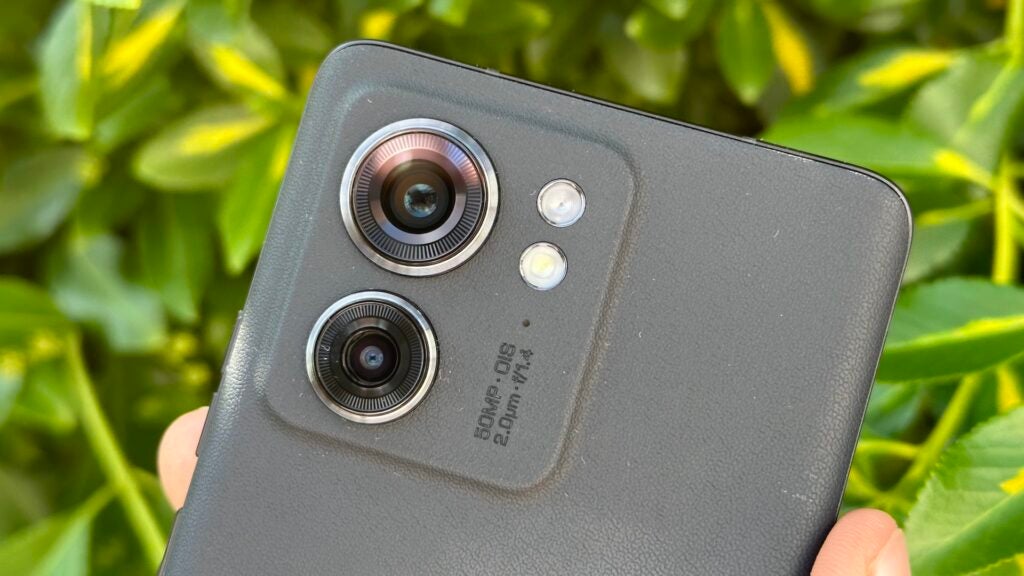
The catch? The vegan leather rear is exclusive to the Eclipse Black and Nebula Green finishes, with the more colourful Lunar Blue option sporting a more traditional smooth acrylic rear.
Elsewhere, the phone is curvy, not only in terms of the edges of its display that disappear seamlessly into the sandblasted aluminium frame but the rear edges and rounded corners too. These all add to that comfortable in-hand feel.
That display isn’t just curvy either; it’s an impressive panel, especially at the £529 price point Motorola is going after with the Edge 40. The 6.55-inch pOLED display may be a little smaller than some 6.7-inch rivals but it makes up with key specs including HDR10+ certification, a Full HD+ resolution and crucially, a 144Hz refresh rate.
The 144Hz refresh rate is faster than the 120Hz used by most flagships, even those double the price of the Edge 40. In fact, it’s a feature usually exclusive to gaming phones. It makes the phone feel responsive while animations look smooth and gaming is great, but I’d argue that it’s very hard to tell the difference between 144Hz and 120Hz in everyday use.
Still, if you’re a keen mobile gamer who doesn’t like the look of 2023 gaming phones like the ROG Phone 7 Ultimate, this could be a much sleeker option.
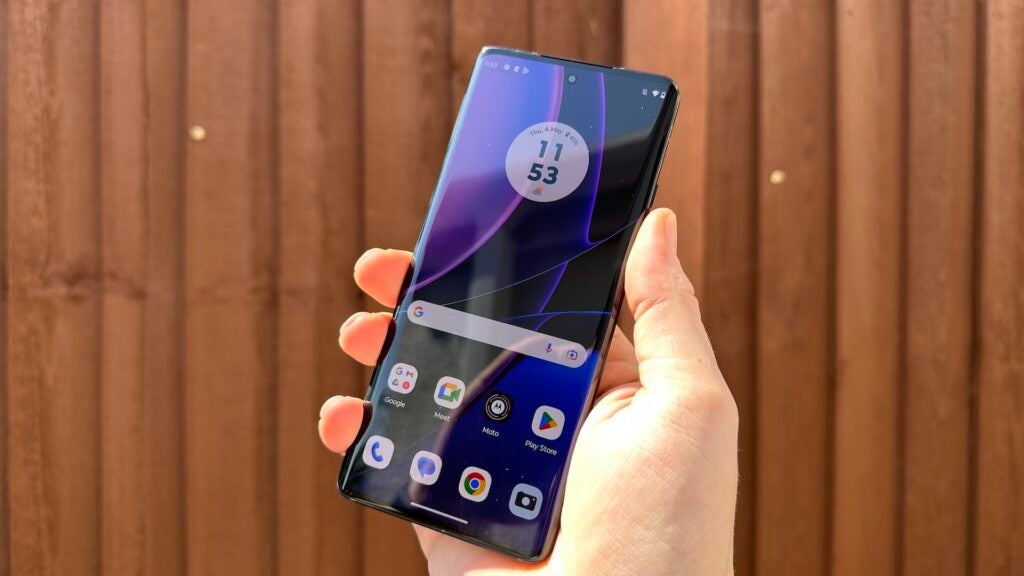
Cameras
- 50MP main and 13MP ultra-wide
- Main camera’s f/1.4 aperture is the widest around
- Selfie camera looks a little washed out
Motorola is going all-in on the Edge 40’s photography prowess, not in terms of the sheer number of cameras but the performance of said lenses. That’s particularly true of the new 50MP main snapper that, while identical to its predecessor on paper, boasts a couple of key upgrades that should deliver impressive results.
The most notable upgrade is the aperture, which is now an impressively fast f/1.4 – the fastest on any smartphone on the market right now. That not only means the phone can slurp in more light in low-light scenarios, but it also provides a natural bokeh in portrait photography.
The sheer speed of the sensor also means it has the ability to essentially ‘freeze’ moving subjects, but it’s not quite as reliable as the Falcon Capture of the Honor Magic 5 Pro in my testing so far.
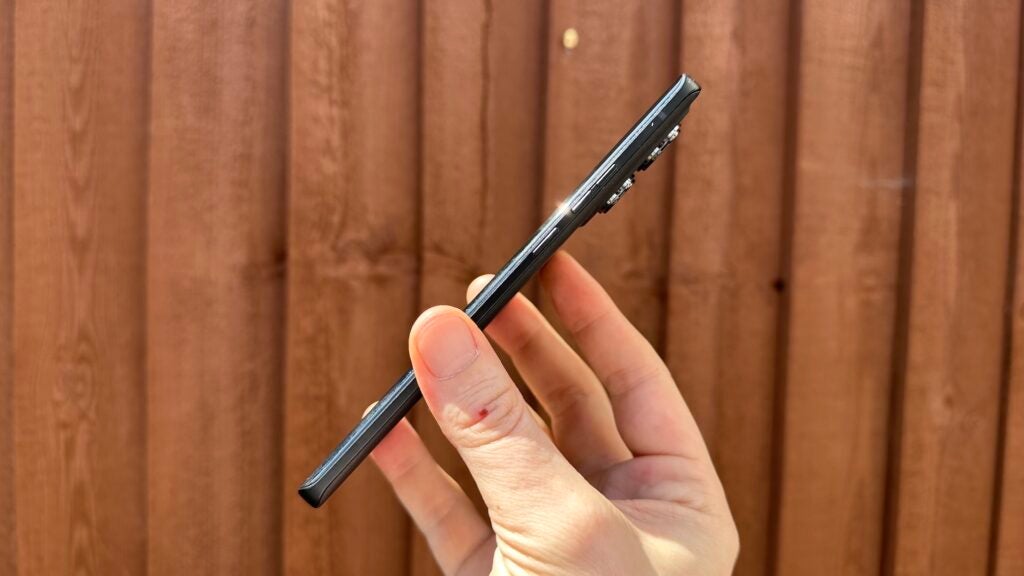
That’s backed up by pixel binning technology, optical image stabilisation, omnidirectional PDAF for fast focusing and a dedicated Ambient Light Sensor so the camera can adjust light levels as soon as the Camera app is launched.
With all that said, images shot from the main sensor are packed with detail and boast impressive dynamic range, though I did notice that some colours – particularly the greens of grass and the blues of the sky – can appear saturated. That’s great for social media sharing, but it’s not the most accurate colour reproduction around in 2023.
It’s not the only camera on the rear of the phone though; the main 50MP snapper is flanked by a 13MP ultra-wide lens with key specs including an f/2.2 aperture and an expansive 120-degree field of view. It’s a pretty decent snapper too, lacking any real distortion at the edges of shots – an issue with some ultra-wide lenses – and decent dynamic range in the few test shots I’ve taken so far.
I will note that images can look a little soft in places, likely down to the lack of pixel-binning tech from the 13MP sensor, but that’s only really notable when zooming in to specific areas of a shot.
Camera performance from the 32MP snapper isn’t quite as impressive so far, with the few selfies I’ve snapped seemingly lacking any real vibrancy, but that could be down to the environment I was testing in and I’ll be sure to take more selfies for the full review – all in good time.
Performance
- Decent mid-range performance
- A clean approach to Android 13
- 68W TurboCharge capabilities
At the heart of the Motorola Edge 40 you’ll find MediaTek’s new 6nm Dimensity 8020 combined with a healthy 8GB of RAM and ample 256GB of storage. Though it’s not quite fast enough to compete with 2023 flagships – something that isn’t surprising considering the affordable price tag – it can handle its own in the mid-range market.
Initial testing showed the Edge 40 managed 3594 points in the Geekbench 6 multi-core test. For context, the Google Pixel 6a scored 2900, while the slightly cheaper Samsung Galaxy A54 scored 2703.
That’s fairly in line with real-world experience – at least in my limited experience so far. The phone feels snappy and responsive, no doubt thanks to that 144Hz refresh rate, and it hasn’t struggled with anything yet, be it quickly switching between apps or playing a quick 15 minutes of Stardew Valley.
For everyone except those who simply have to have the best of the best, the performance looks to be more than adequate, though I’ll verify that with further benchmark testing ahead of my full review.
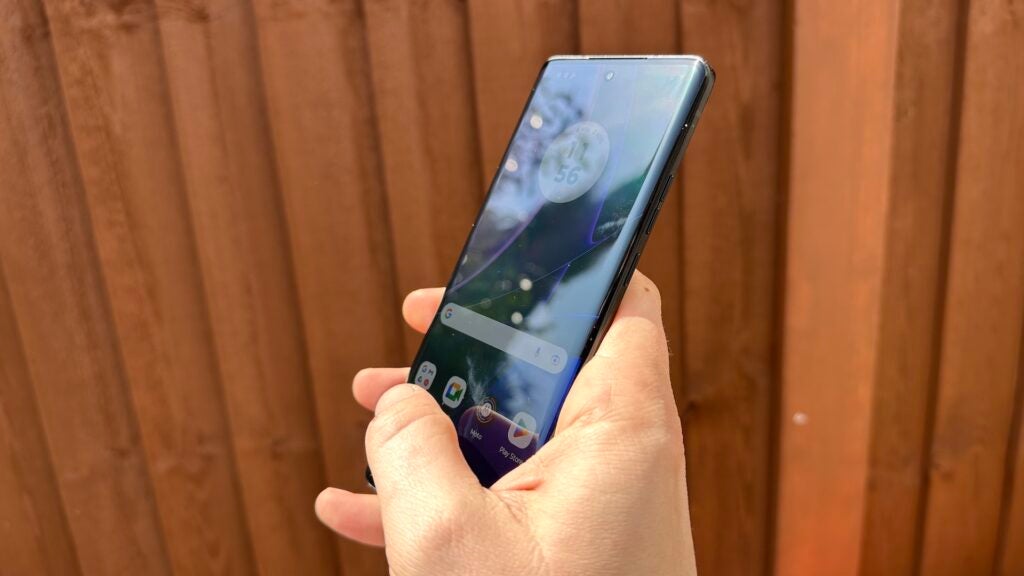
When it comes to software, expect Motorola’s clean approach to Android 13 with minimal changes compared to stock Android, and the additions that are present – like with Moto Gestures and additional always-on display functionality – are welcome with open arms. It’s a stark change to some manufacturers that like to put their own spin on the Android experience, and one that I imagine many will appreciate.
It’s a little too early for me to comment on battery life and charging having only used the phone for little over 24-hours, but all signs so far point towards respectable battery life from its 4400mAh cell. It’s not quite as large as the 5000mAh on offer from a lot of rivals but I’ve not noticed a huge difference in real-world performance – just yet, anyway.
Even when it does give up the ghost, 68W TurboPower charging should get you on the move fairly quickly – and the fast charger actually comes in the box. Motorola claims that 10 minutes of charge time will give you enough power to last around 12-hours, which should be great for last-minute top-ups if true. I’ll be delving deeper into the charge speeds in the full review in the coming days.
Early Thoughts
The Motorola Edge 40 looks to stand out from the competition not only with its impressively slim and lightweight design but the unique vegan leather rear that completely covers the camera housing. It’s not for everyone, but the added grip makes it easier to wield the 6.55-inch phone one-handed, and it won’t slip off tables either.
The cameras, particularly that fast 50MP main snapper, look promising, especially at a £529 price point. That’s backed up by a relatively snappy mid-range processor, a 144Hz pOLED display with HDR10+ certification and 68W fast charging tech that could make the Edge 40 the mid-ranger to go for in 2023, but I’ll reserve judgement for the final review in the coming days.
FAQs
Yes, with IP68 protection, the phone should be resistant to both water and dust ingress.
Yes – unlike some competitors, you’ll get the fast charger in the box at no additional cost.
Jargon buster
mAh
An abbreviation for milliampere-hour and a way to express the capacity of batteries, especially smaller ones in phones. In most cases the higher the mAh, the longer the battery will last but this isn’t always the case.
OLED
Organic Light Emitting Diode is panel technology that allows each individual pixel to produce light rather than relying on a backlight. This enables the screen to accurately display blacks by turning off the pixel, resulting in improved contrast compared to conventional LCD panels.
IP68
The most popular and useful level of water resistance. Usually means a device can withstand dust, dirt and sand and be submerged in 1.5m of water for 30m however this can sometimes vary. Read more in our IP68 guide for more.

